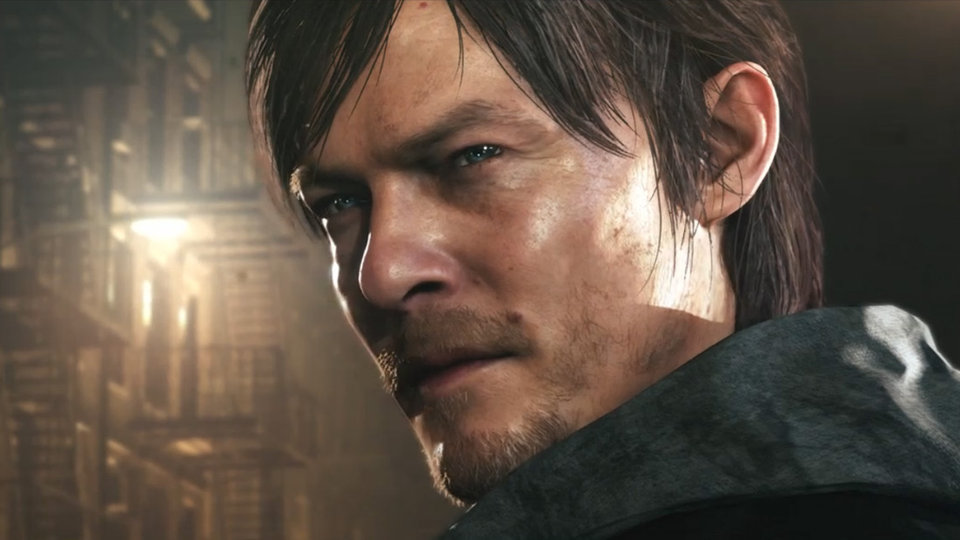Kojima’s ‘P.T.’ And The Future of Horror Gaming
Nicole Smith ’18 / Emertainment Monthly Staff Writer

Near the beginning of this past August, Sony announced that a playable demo of a brand new horror title had been released on the PlayStation Network, simply titled P.T., brought to the players by the mysterious 7780s Studio. The developer was really only mysterious because it didn’t actually exist, and was in fact a clever front for a pretty big and pretty awesome announcement.
By now, most gamers are aware that P.T. was the first terrifying step towards the ninth installment of the Silent Hill series. Short for “playable teaser,” the demo throws the player into endless looping hallways, banging doors, and disturbing imagery before rewarding them with the trailer for Silent Hills, including work from industry titan Hideo Kojima, Pacific Rim director Guillermo del Toro, and starring The Walking Dead’s Norman Reedus. Considering most gamers were anticipating nothing but a high-quality indie title from a burgeoning developer, it caused quite the stir.
Since P.T. burst onto the scene, it has been downloaded over one million times from the PlayStation Network and showcased on various gaming YouTube channels and websites, with Kojima stepping forward in the wake of the game’s popularity. Kojima mentioned during a Gamescom interview that the demo was made to be complex and multifaceted, and that the main game will be made through his own powerful Fox Engine, notoriously used for the most recent installment of the Metal Gear franchise. On September 18th, a new trailer for Silent Hills was released at the Tokyo Game Show, and didn’t disappoint fans in showcasing the types of scares they’re in for when the game is released.
But one of the most promising things about P.T. is not its ability to frighten or disturb players, but to adapt and change with each choice the player makes or action they take. Among the influx of YouTubers and video game blogs that have posted footage of their experiences with P.T., a peculiar pattern has come to light. With the vagueness of how the player’s choices affect the game’s outcomes, it is almost impossible to get the same experience twice – some scares are scripted while others have to be specifically triggered, some events happen in different orders, different text and messages can appear on the screen in a host of different languages, and aesthetic differences appear and disappear at random. While the very bare bones of the game, what has to be done by the player to progress, stay the same, almost everything else – all the extra sights and sounds and scares and atmospheric quirks – are subject to change at the game’s will. It is entirely jarring, which is what horror gaming desperately needs.
There’s always some new horror title out there trying to push the envelope and crown itself the new king of scares (a notable recent example would be Outlast’s DLC, Whistleblower, for its graphic violent and sexual imagery) but what a lot of horror games are falling prey to is predictability. No matter how original the concept, these games tend to fall into patterns that can make the game feel ultimately formulaic, but this is where P.T. gives hope to horror gaming in the future. If more games can follow its lead in randomizing scares and events, reordering them, downright omitting them, and basically changing the game as much as possible to fit the player’s actions, then horror games on new generation consoles might see an exciting and terrifying trend toward individual, differing experiences, united by the game at its core but varying from player to player.
Silent Hills has a tentative release year of 2016. Kojima has stated he’s eager to put in as much work on the game as possible in the coming year to make it terrifying to the core, and from what he’s shown through this innovative and incredible playable teaser, it’ll be hard for him to disappoint.